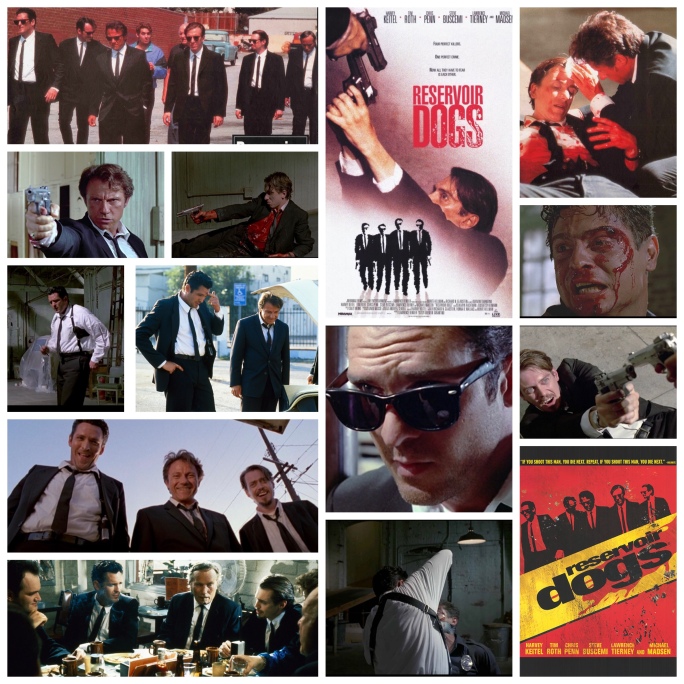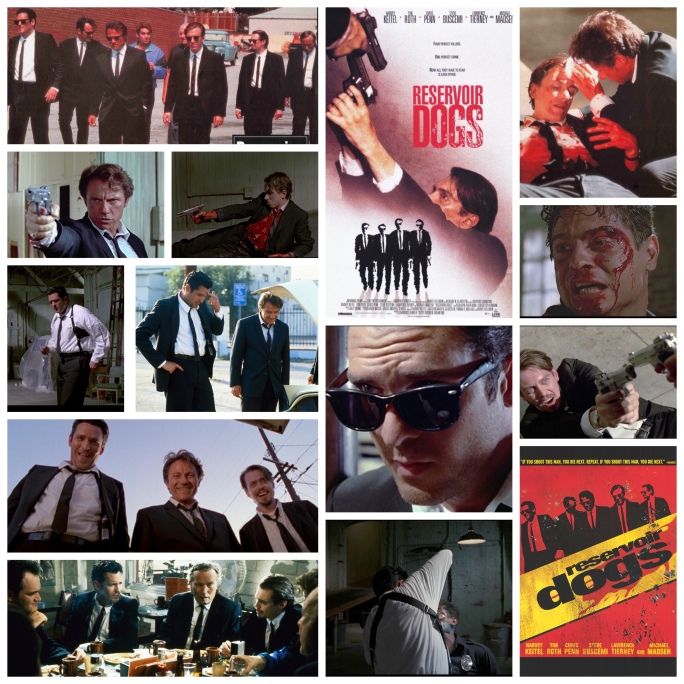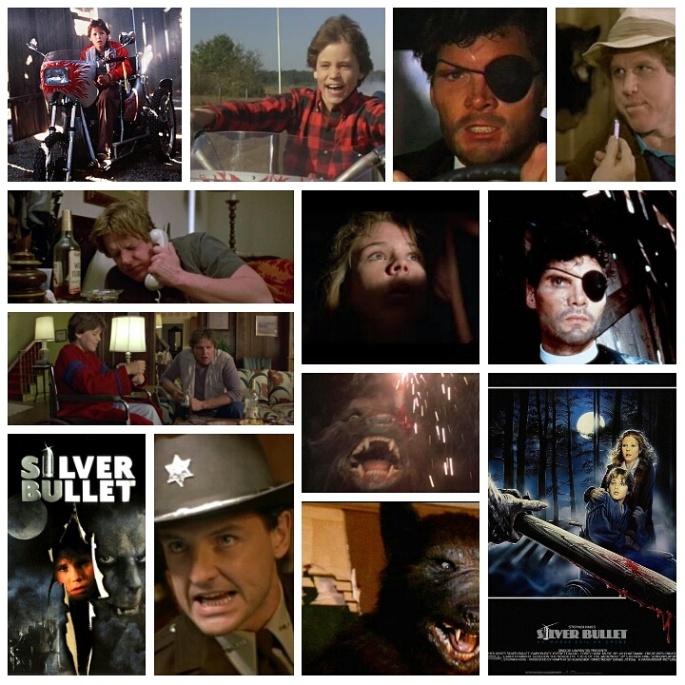
What kind of heist flick is it where we don’t even see the heist? The best kind. The Quentin Tarantino kind. Reservoir Dogs has aged incredibly well, it’s his leanest and meanest film to date and stands as the blood soaked crash course leading to the sustained, verbose historical epics we have come to know him for these days. Many consider Pulp Fiction to be his official breakout but the magic first took flight here on the outskirts of LA as a band of marauding jewel thieves in identical suits tries to smoke out a rat from their very midst. Like a bizarro world version of the Rat Pack, this profane, volatile murder of ex-con crows discuss Madonna, tipping waitresses, The Lost Boys and more before erupting together in a cascade of yelling and bloodshed that remains as exciting now as it no doubt was in the initial theatrical run. Dialogue runs the show here, whether between Harvey Keitel’s Mr. White and Tim Roth’s Mr. Orange, Chris Penn’s Nice Guy Eddie and his gangster father Joe (Lawrence Tierney) or Michael Madsen’s Mr. Blonde and whoever he’s decided to intimidate on a whim. Madsen gives the performance of his career early on and Blonde is a character for the ages, a self appointed psychopath who tortures an LAPD hostage (Kirk Baltz) more out of vague amusement than outright malice in a scene that has since been inducted into time capsules everywhere. When we meet these guys, they’re casually having breakfast in a greasy spoon diner, chattering on about everything under the sun except the jewel robbery they’re about to commit. It’s only after the stylized opening credits and the hectic aftermath of said robbery that Tarantino flashes back to scattered exposition and backstory for these guys, and it’s that kind of deliberate editing that has not only become a hallmark for the filmmaker, but keeps his stories so fresh and enthralling. The audience knows almost right off the bat who the rat is, but the fun is in observing paranoia levels rise in their ranks as they each begin to suspect the man next to them and turn on each other like a pack of hyenas in the Serengeti of industrial Los Angeles. From the iconic torture scene set to Stuck In The Middle With You to the tense Mexican standoff to the frantic escape and firefight with LA’s finest, this is one gritty slice of life crime piece that the years have been most kind to. Tarantino has evolved and adapted as his career has moved forth, but its always nice to come back to the scrappy little picture that started it all, see how it’s influenced countless other filmmakers over the decades and bask in the bloody, expletive filled, dialogue heavy bliss again every once in a while. An all timer.
-Nate Hill

